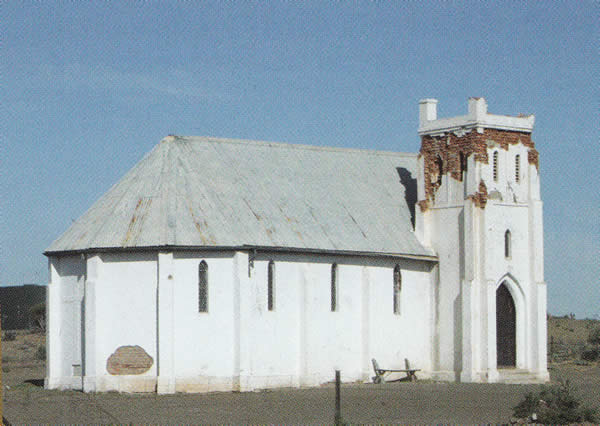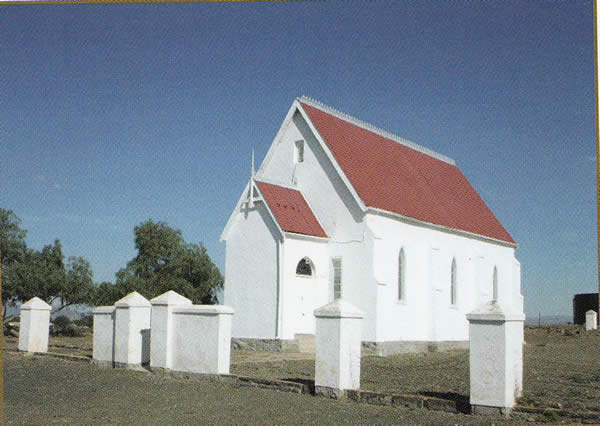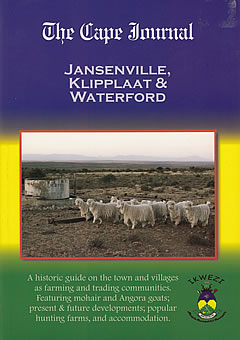Klipplaat Town
Monday, 20th November 2017
In the beginning, when farmers, such as Petrus Fourie moved onto the land, their initial thoughts were of self-preservation, in addition to sufficiency of food for their stock and themselves.
The farms were not fenced; although later corner beacons were placed to indicate boundaries. The cattle and sheep wandered throughout the veld and regularly fell prey to wild animals. The small stock had to be brought into kraals which were made of stone or branches, and shepherds were employed to assist the farmers. They grew crops for the animals; maize and anything else that would survive the harsh environment for themselves. The farms always bordered a river - and in the case of Jensenville district, the Sundays River - water was the life blood of existence.
In the early days transport was by ox-wagon drawn by oxen, and on occasion by mule and donkey.
In 1879, the railway arrived in Klipplaat - this meant the wool, mohair, and produce could be transported to Port Elizabeth. With the coming of the railway, farming began to expand.
After 1910, ostriches from Oudtshoorn were brought into the area, especially Klipplaat, and farmed in numbers until the ostrich boom crashed in 1914 at the outbreak of the First World War. Ostrich farming has once again started in earnest - this time for the meat and skins.
A Brief History Of Klipplaat
Klipplaat today is like any town in drought-stricken rural Eastern Cape; where whites are poor and the coloureds and blacks even worse off.
However, even though dusty and dry, the town was once thriving with an important railway junction between Port Elizabeth and Graaff-Reinet; including a link to Oudtshoorn via Willowmore.
Charles Lee saw the opportunity and established a trading store on the road. This eventually developed into a small community that he named Leetown, which was the present Scheeper Street, with a number of stores, accommodation, and churches.
The establishment of Leetown was placed under jurisdiction of the local board in 1949. Up until then, it operated as a separate division of the village of Klipplaat.
The first 50 erven were measured and sold in 1906, leaving erven available for a Police Station, Post Office, and Churches.
Farming and the railways were the two most important functions of the continual existence of Klipplaat. Without these it would have disappeared long ago as Waterford has.
The first train to arrive at Klipplaat Station was on 3 February 1879. The construction of the railway line from Port Elizabeth commenced on 9 January 1872 - with completion to Graaff-Reinet on 26 August 1879.
During the Anglo-Boer War of 1899-1902 the closest railway station to Jansenville was Klipplaat where supplies were offloaded. However, after the War it was realized the a railway line to Willowmore was becoming essential as farming produce required a good and reliable means of transport.
The rail connection to Oudtshoorn got underway with the important stretch from Klipplaat to Willowmore, which was eventually opened on 1 August 1902, after the conclusion of Anglo-Boer War.
In 1939 there were only 57 railway personnel in Klipplaat, which increased to 133 by 1952.
The demise of the railways over the past two decades has brought an end to the passenger service to the town and the station has fallen to disrepair.
The picture below is of the Queen visiting Klipplaat in 1947.
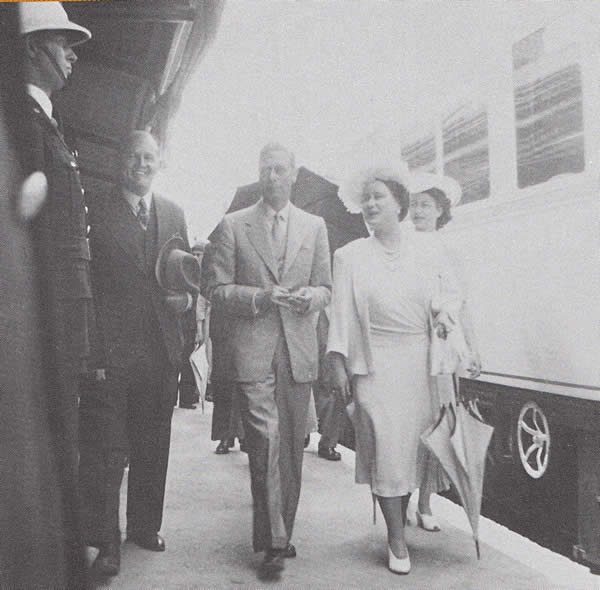
Below is a photo of the Klipplaat Police station. An exceptionally well-preserved Vicotrian building - built as a Police Station and still in use by the local SAPS. The stone and woodwork surrounding the building has not been neglected.
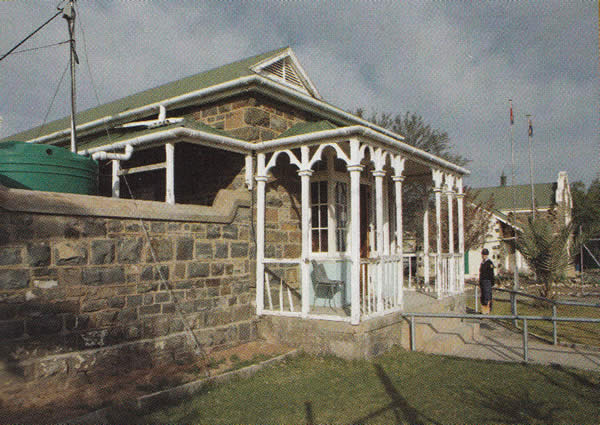
The photo below shows the Klipplaat Magistrates' Court: Another well-preserved Victorian building - built as the Magistrates Court in the early 1900s. At present it is not used although it is rumoured that the Court may return in the near future.
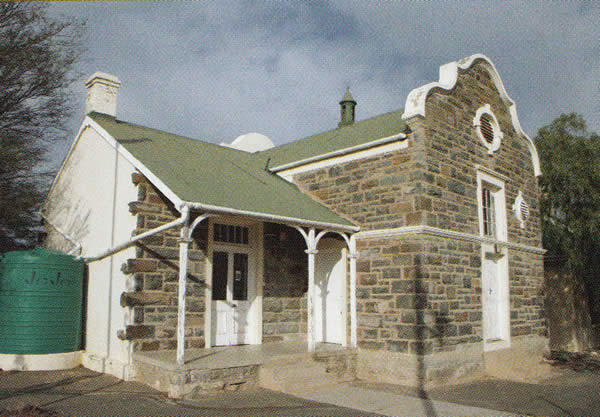
The somewhat dilapidated Anglican Church, whose foundation stone was laid by Rev J.K. Mather on 12 June 1910. The Church served its community for many years until eventually the English speaking congregation moved from Klipplaat to large towns and cities.
